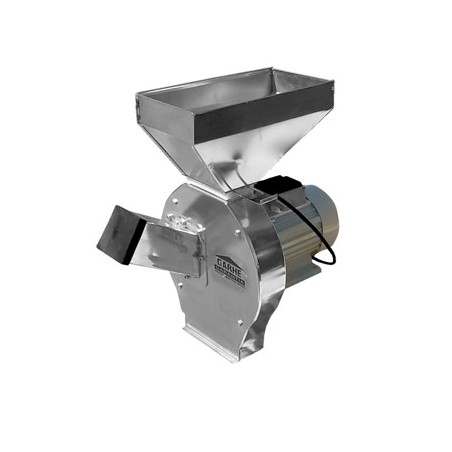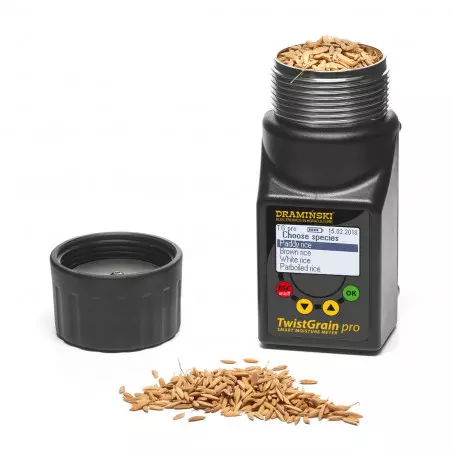The International Grains Council forecasts 2022/23 total grains (wheat and coarse grains) production to be 2% lower year over year at 2,250m t, dropping for the first time since 2017/18, primarily because of a smaller maize crop. Consumption is also forecast to contract, mainly on reduced feed use but, with a relatively steeper fall in supply, ending stocks will shrink by 2%, to an eight-season low. Amid smaller coarse grain shipments, total trade is placed 4% down year over year.
Led by an assumed recovery in maize, global grains output is projected to rise by 1% in 2023/24, to 2,283m t. While this would boost overall supply, comparatively larger consumption gains could result in smaller end-season inventories, pegged 1% lower. Linked mainly to accelerating maize and sorghum deliveries into Asia, total trade is predicted to increase by 1%.

With a big Brazilian crop more than offsetting smaller harvests elsewhere, notably in Argentina, 2022/23 world soyabean output is forecast to rise by 4% year over year. With uptake advancing modestly, stocks are set to tighten. Resting on shipments to China, Argentina and a range of other buyers, trade is forecast to rise solidly (+7%). Tied to acreage gains and improved yields, 2023/24 global output is projected to expand by 29m t year over year. Amid expanded use of soya products in feed, food and industrial sectors, uptake is seen at a new high, with stock accumulation likely. Trade is predicted at a record of 173m t (+4%).
Chiefly reflecting an uprated figure for India, 2022/23 global rice output is raised by 7m t m/m, to 511m (515m), with the net increase in supplies channelled to higher forecasts for consumption and stocks. Assuming bigger crops in Asia, the 2023/24 world outturn could be the largest on record, with increases in uptake and inventories predicted. Trade in 2024 (Jan/Dec) is likely to advance to 54m t (+2m).
March 16, 2023/ International Grains Council.
https://www.igc.int







